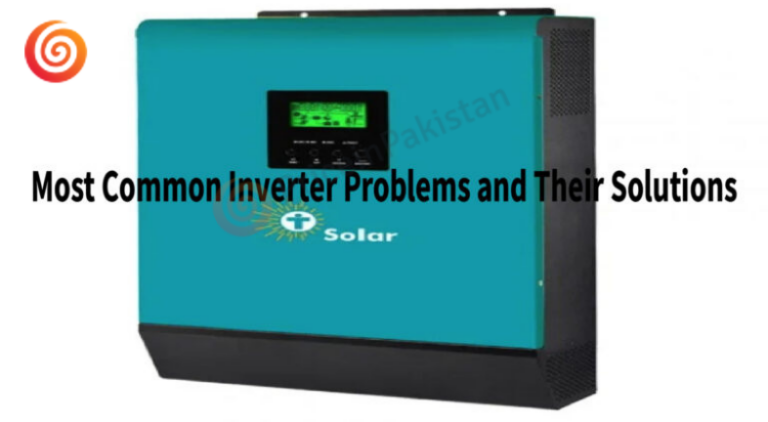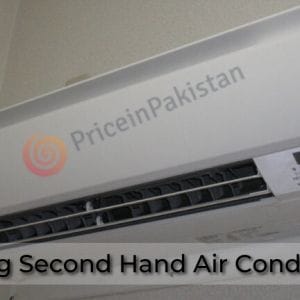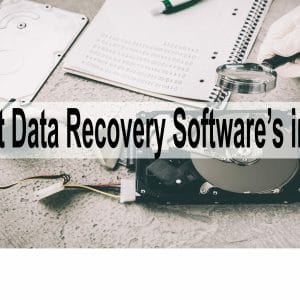how to solve low battery back up problem in inverter, Most Common Inverter Problems and Their Solutions
An inverter is an essential device that provides continuous supply of power. A battery is the main component of an inverter. It extends the efficiency and life of the inverter. Regular battery and inverter maintenance and servicing ensures optimal performance of the power back-up system and safety of your home. Just like other electrical devices, the inverter and batteries require regular standard maintenance as well.
To ensure uninterrupted functioning of an inverter, a regular check-up is a must. It is recommended that you get the inverter battery and inverter checked once in at least three months.
There are a number of problems your inverter can be facing that affect its performance and working. We have brought to you some tips about how to solve low battery backup problems in inverters that will extend its performance. It is important that batteries have a high concentration of electric change and hazardous chemical components. Employ proper personal safety arrangements when you are performing maintenance procedures.
Table of Contents
Most Common Inverter Problems and Their Solutions
1. Battery Might not be Connected Properly
One of the common problems your inverter might be facing is loose inverter battery connections or no connections at all. Make sure you connect the batteries to the inverter properly and then switch it on.
2. Power Switch Defect
A defective power switch fails to provide enough power for the proper working of the inverter. If the power switch of an inverter is defective, it must be repaired by the service center personnel.
Check the charger of your UPS or power inverter. Check the amperes with clamp meters and charging voltage with a digital multimeter. If the reading of charging amperes or charging voltage is low, you have a faulty charger. If you are checking with a 3 stage charger then check the charging amperes of the initial stage when the battery is drained.
3. Tripped Inverter
Tripped inverter can be corrected by pressing the reset button. If it still doesn’t work, try replacing it with a durable inverter battery with great after-sale service and warranty span.
A malfunctioning UPS or power inverter may start to display a low battery. At the wrong battery voltage, it may beep and shutdown whereas your batteries have enough power stored to give you a backup. Get your inverter checked by a professional to make sure it is functioning properly.
4. Short Back up Time
Back up time of a battery gets reduced due to too much power consumption or because the battery is not fully charged.
Reduce the load to lessen excess power usage. In case your battery has lost electrolyte, top up your inverter battery with distilled water. A small tip keeps the water level between the minimum and maximum mark.
A completely discharged battery will take several hours of charging to work efficiently.
5. Power Inverter Working in the Inverter Mode
The reason why an inverter just works in the inverter mode is that the input is not connected or the fuse has melted completely. Sometimes an input protector can get defective due to which the power inverter gets switched to inverter mode.
6. Corroded or Rusted Battery Terminals
Corroded or rusted battery terminals can result in reduced back up time. You can clean corroded terminals with a dry cloth. Corroded battery posts problem will be solved after the clean-up.
Usually aluminum or copper terminals are used to connect cables with battery terminals. If copper comes in contact with battery acid, it gets easily corroded. Aluminum has a white powdery corrosion while copper corrosion looks like bluish white substance.
Corroded copper terminals fail to let the current pass which results in no charging or incomplete charging. You can change the battery terminals or clean them with the base solution of caustic soda, baking soda or washing soda.
7. Weak or Faulty Battery
Very often an inverter fails to work properly due to faulty or weak battery. To solve this problem, you will have to replace the battery.
Batteries have a limited charge discharge cycle after which performance of the battery decreases a lot. Normally, they are 500 to 1500 cycles depending on the quality of battery. Changing the old batteries can increase the backup.
If your required backup is high, install a battery with greater capacity or more smaller batteries with equal capacity. Avoid installing different capacity batteries in series. Installing bigger batteries will reduce charge-discharge cycles that will increase the life of the battery.
8. Quality of Battery
The quality of the battery determines how much backup you actually have. Some scammers in the market mention more capacity but the actual capacity is much lower. It is recommended that you buy batteries from a renowned retailer and brand.
9. Add External Charger
If you require high battery backup but your UPS or power inverter charger is slow, try adding an external charger to speed up your battery charging. However, you need to note that an external charge may come in conflict with the internal charger and disturb the cut-off voltage resulting in undercharging or overcharging of batteries.
10. Continuous Alarm Beeping
The inverter beeps due to a stuck cooling fan or overload. To fix a stuck cooling fan, call for professional help. And to solve the overload problem, remove all the extra load from the battery.
11. Distilled Water Not Being Used
For flooded lead-acid batteries, make sure to top them up with distilled water when needed. Avoid using tap water as it has numerous salts and impurities that will damage the plates of batteries and cause batteries not to achieve cut off voltage which will result in battery overheat and boil or evaporate electrolyte. Overheating of the battery will shorten the life of batteries. In case batteries get completely dried, they will be irreparably damaged.
12. Adjust Charging Current
Your power inverter may support fast and slow charging which can be adjusted from a dedicated switch. Find a switch that allows you to switch between different current ratings. If your batteries have bigger capacity, choose higher charging current only. Avoid charging higher current with smaller batteries as it will give incomplete charging, prematurely damaged batteries and stimulate battery sulfation.

Hamza Subhan is a digital content director at Price In Pakistan. He lives in Lahore. He keeps an eye on every new item in the markets of Pakistan and his hand on the pulse of Pakistani people to provide them with the information that they need about the product. He has a bachelor’s degree in Electrical engineering from UET Lahore. His keen passion for the latest technology, gadgets, and knowledge about electrical appliances led him to launch Price In Pakistan. He is the main hand behind the articles related to electrical home appliances and gadgets. When he is not looking out for the new technology and writing about it, he is playing guitar and singing for his friends.






